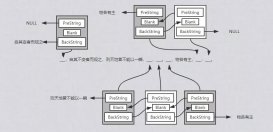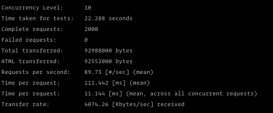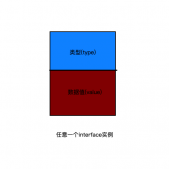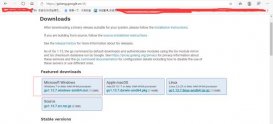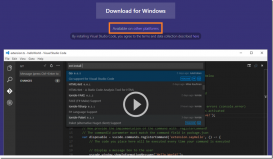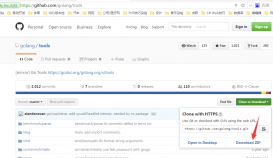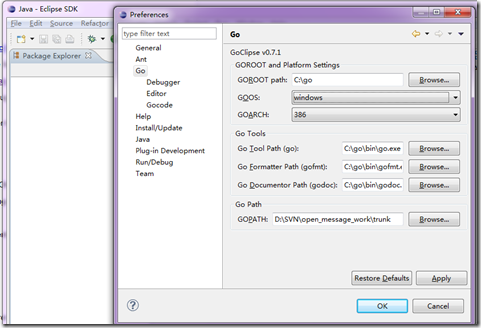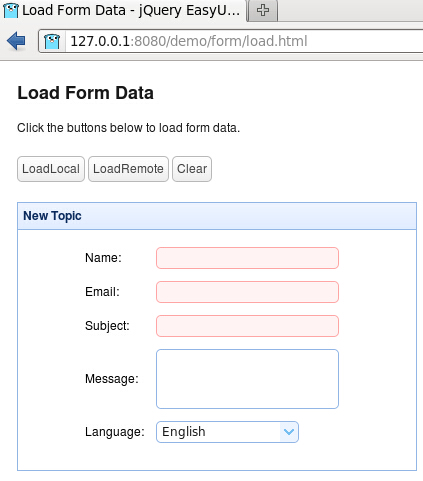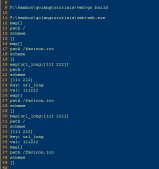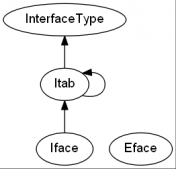golang 的日期时间包:time 的使用方式。
- time package 包含了 time.Time 时间对象 及 构建此时间对象的一些方法(time.Unix(), time.Parse())
- golang 可精确到 nanosecond,故相应的函数返回值或参数都已纳秒为单位,我们可以借助time.ParseDuration(durationString string)友好的生成纳秒度量的时间跨度值
- golang 的时间格式串Layout固定为 2006-01-02 15:04:05
- golang 默认使用 Local 即本地时区,可以通过 time.LoadLocation(zoneName string) (*Location, error)来设定时区
时区构建/格式化模式串
|
1
2
3
4
5
6
7
8
9
|
// 构建时区var timeLocation *time.LocationtimeLocation, _ = time.LoadLocation("") //UTCtimeLocation, _ = time.LoadLocation("UTC") //UTCtimeLocation, _ = time.LoadLocation("Local") //LocaltimeLocation, _ = time.LoadLocation("Asia/Shanghai") //使用时区码//golang的时间格式化patternvar timeLayout = "2006-01-02 15:04:05" |
当前时间对象
|
1
2
3
4
5
6
|
// 获取当前时间对象var timer time.Timetimer = time.Now()// 为时间设定时区 可以通过 timer.Local()/timer.UTC() 快速设定时区timer.In(timeLocation) |
获取秒级时间戳/纳秒级时间戳
|
1
2
3
4
5
6
7
8
9
|
// 获取当前秒级时间戳var curTimestamp int64curTimestamp = timer.Unix()println("current timestamp:" + strconv.FormatInt(curTimestamp, 10))// 获取当前纳秒及时间戳 1秒=1000毫秒=1000,000微妙=1000,000,000纳秒var curNanoTimestamp int64curNanoTimestamp = timer.UnixNano()println("current nano timestamp:" + strconv.FormatInt(curNanoTimestamp, 10)) |
获取本地时间的时区/CST标准时间/自定义格式
|
1
2
3
4
5
6
7
8
|
// 获取本地时间的时区/快速获取时区时间/自定义格式timeZone, _ := timer.Zone()fmt.Printf("time zone: %s\n", timeZone)fmt.Printf("time location: %s\n", timer.Location())fmt.Printf("time in local zone: %s\n", timer.Local().String())fmt.Printf("time in utc zone: %s\n", timer.UTC().String())fmt.Printf("time: %s\n", timer.String())fmt.Printf("time formatted: %s\n", timer.Format("2006-01-02 15:04:05")) |
获取当前的年/月/日 时:分:秒 纳秒
|
1
2
3
4
5
6
7
8
|
// 获取当前的年/月/日 时:分:秒 纳秒fmt.Printf("current year: %d\n", timer.Year())fmt.Printf("current month: %d %s\n", timer.Month(), timer.Month()) //返回的Month对象fmt.Printf("current day: %d\n", timer.Day())fmt.Printf("current hour: %d\n", timer.Hour())fmt.Printf("current minute: %d\n", timer.Minute())fmt.Printf("current second: %d\n", timer.Second())fmt.Printf("current nanosecond: %d\n", timer.Nanosecond()) |
获取当前时间/日期
|
1
2
3
4
5
|
// 获取当前时间/日期curHour, curMinute, curSecond := timer.Clock()fmt.Printf("current clock: %d:%02d:%02d\n", curHour, curMinute, curSecond)curYear, curMonth, curDay := timer.Date()fmt.Printf("current date: %d-%02d-%02d\n", curYear, curMonth, curDay) |
编辑时间/求两个日期的时间差
time.ParseDuration(durationString string)可以方便我们使用语义构建时间跨度值,数值单位为纳秒,比如:
timeDuration, _ := time.ParseDuration("24h")
timeDuration, _ := time.ParseDuration("12m")
timeDuration, _ := time.ParseDuration("6s")
timeDuration, _ := time.ParseDuration("1ms")
timeDuration, _ := time.ParseDuration("1us")
timeDuration, _ := time.ParseDuration("1ns")
|
1
2
3
4
5
6
7
8
9
10
11
12
13
14
15
|
// 已当前时间为基增长年/月/日后的时间对象timerAdded := timer.AddDate(1, 2, 3)curYear, curMonth, curDay = timerAdded.Date()fmt.Printf("current date: %d-%02d-%02d\n", curYear, curMonth, curDay)// 以当前时间为基增长N纳秒后的时间对象 比如增长了一天timeDuration, _ := time.ParseDuration("24h")timerAdded = timer.Add(timeDuration)// 计算两个时间的差值 返回的是纳秒 按需求自行计算其他单位// Duration is type of int64 and nanosecondstimeDuration = timerAdded.Sub(timer)fmt.Printf("days duration between %s~%s: %d\n", timerAdded.Format(timeLayout), timer.Format(timeLayout), timeDuration/1000/1000/1000/24/60/60) |
使用 时间字符串 / Unix Timestamp 构建时间对象
|
1
2
3
4
5
6
7
|
// 使用时间串获取时间对象timer, _ = time.Parse(timeLayout, "2018-08-08 08:08:08")// 使用时间串获取时间对象 并设定时区timer, _ = time.ParseInLocation(timeLayout, "2018-08-08 08:08:08", timeLocation)// 使用Unix时间戳构建时间对象timer = time.Unix(1552368806, 0) //2019-03-12 13:33:26的Unix时间戳fmt.Println(timer.Format(timeLayout)) |
获取当前时间是本年第几天 本周第几天
注意周日 的 Weekday编号为 0
|
1
2
|
// 获取当前时间是本年第几天 本周第几天fmt.Printf("year day: %d, week day: %d\n", timer.YearDay(), timer.Weekday()) |
使用表征字符串转换时间跨度
|
1
2
3
4
5
|
// 使用表征字符串转换时间跨度timeDuration, _ = time.ParseDuration("300s")fmt.Printf("nanosecond: %d\n", timeDuration)timeDuration, _ = time.ParseDuration("300us")fmt.Printf("nanosecond: %d\n", timeDuration) |
以上就是本文的全部内容,希望对大家的学习有所帮助,也希望大家多多支持服务器之家。
原文链接:https://segmentfault.com/a/1190000018474102


